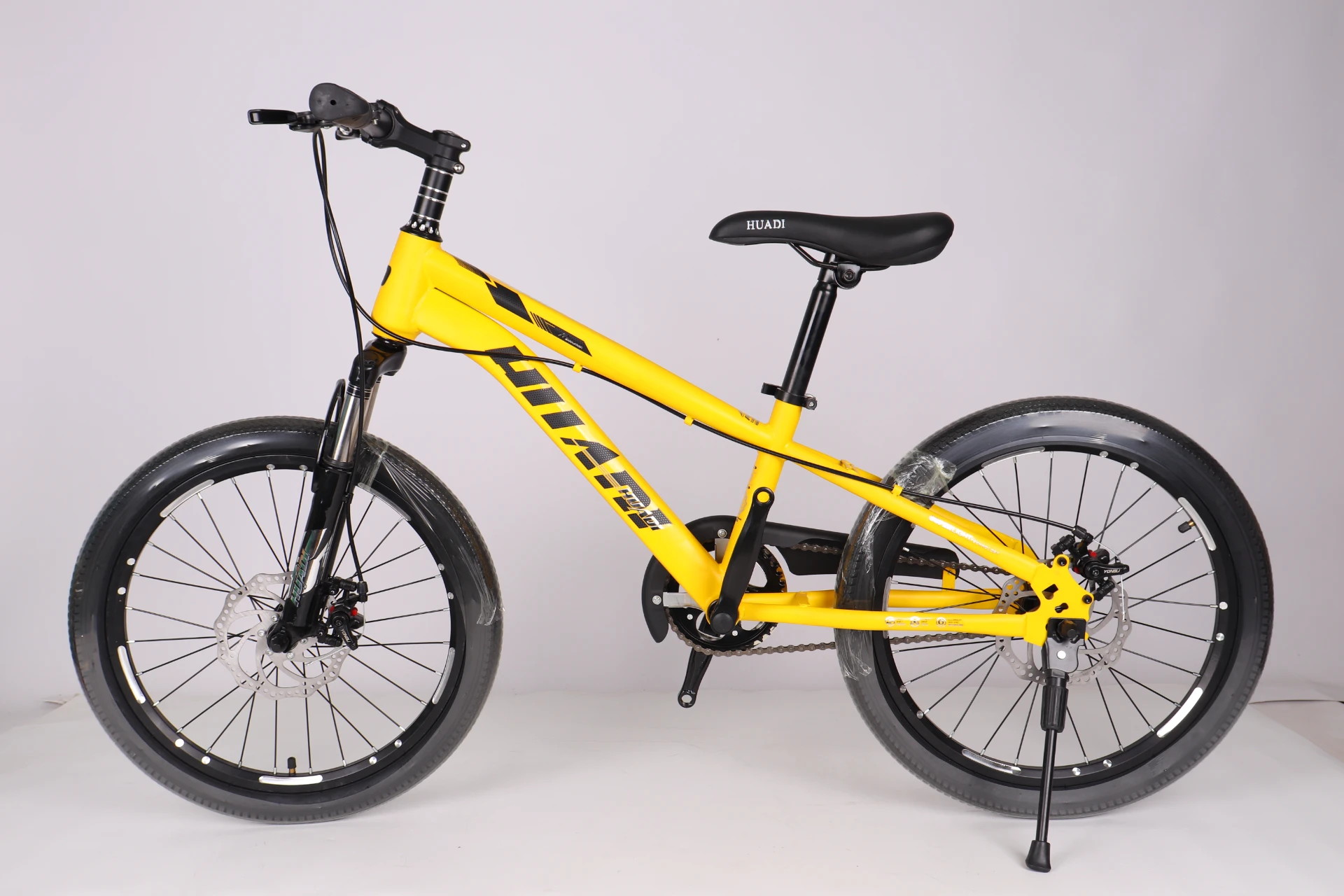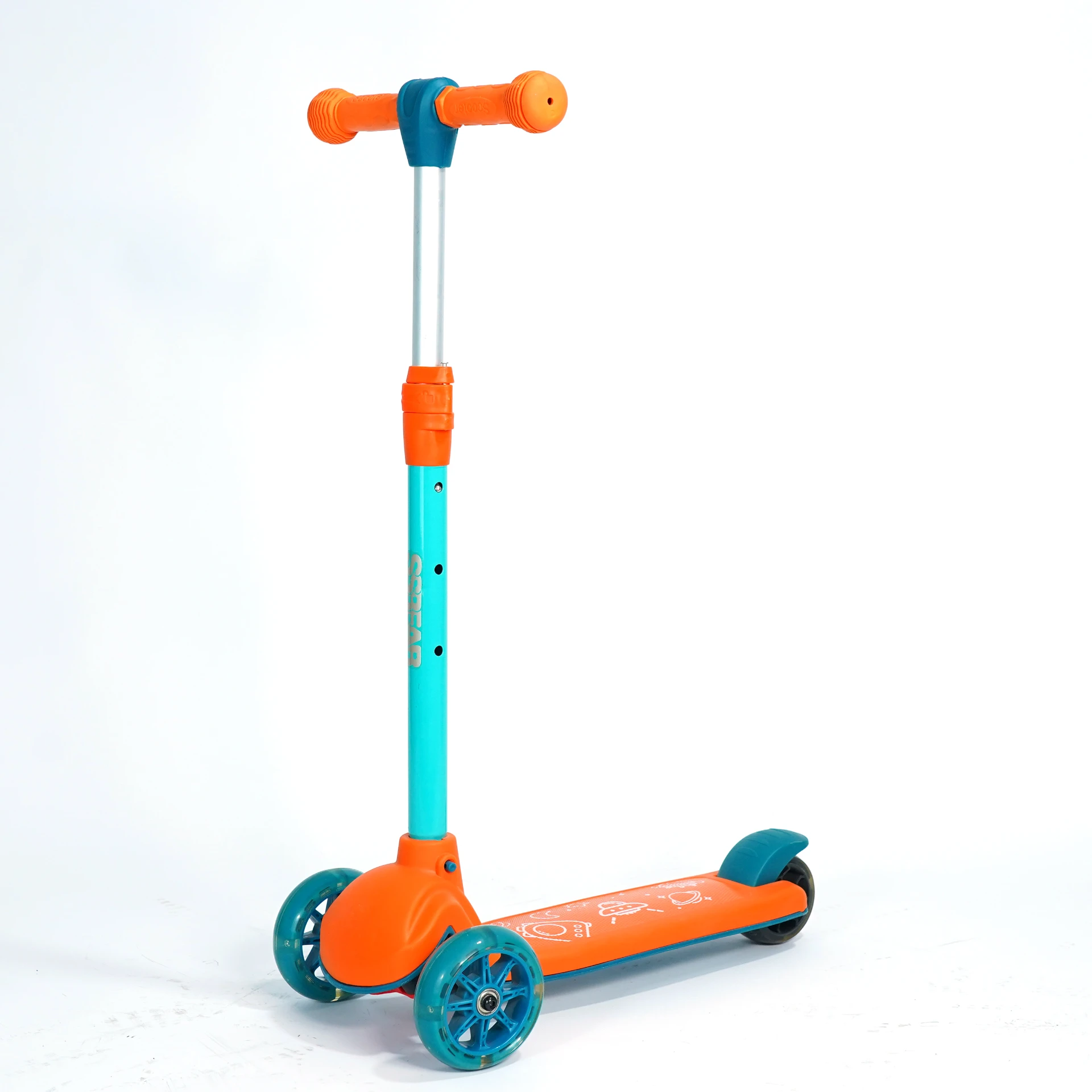Leading MTB Bike Manufacturers: Innovation, Sustainability & Ride Quality
Understanding MTB Bike Manufacturers: Driving Innovation in Mountain Biking
Mountain biking has evolved tremendously over the past few decades, turning a niche sport into a global phenomenon. Naturally, behind every trailblazer shredding a rocky descent, there’s a whole industry of mtb bike manufacturers engineering the machines that make it possible. But why does understanding these manufacturers matter? Well, aside from the obvious love of adrenaline-fueled rides, mountain bikes are a reflection of innovation, manufacturing intricacies, and even environmental stewardship. For enthusiasts and professionals alike, appreciating the nuances behind MTB builders helps ensure the perfect ride—safe, efficient, and tailored to the trail.
The Global Impact and Context of MTB Bike Manufacturing
The mountain bike market, globally valued at over $7 billion in 2023 (according to the Statista Research), is expected to continue expansion due to increased interest in outdoor activities and fitness worldwide. Countries like the USA, Taiwan, and Germany take lead in manufacturing, while emerging markets in Asia and South America push demand. Interestingly, bicycle production also factors into climate action efforts, as more people lean toward bike commuting and ecotourism.
But, as anyone immersed in the biking world knows, challenges remain—especially in meeting the rising demand with quality, affordability, and environmental responsibility. It’s the mtb bike manufacturers who wrestle with these powerful but delicate trade-offs every day.
What Do MTB Bike Manufacturers Actually Do?
In simple terms, mtb bike manufacturers are companies that design, engineer, and produce mountain bikes—those robust two-wheelers built to withstand tough terrains, steep climbs, and rapid descents. From frame materials to suspension systems, they integrate a multitude of specialized components to translate adventurous spirit into mechanical mastery.
More than just builders, these companies drive innovation in materials science, ergonomics, and sustainability, meeting demands both from sports enthusiasts and practical applications—think of bikes used for emergency services in off-road areas or eco-friendly deliveries.
Key Factors Influencing MTB Bike Manufacturing
1. Durability and Material Science
Mountain bikes take a beating. Frames need to be strong yet light—commonly made from aluminum, carbon fiber, or steel. Each material affects weight, cost, and ride feel differently. Manufacturers invest heavily in R&D to balance these factors, since durability affects not just rider safety but the bike’s lifespan.
2. Suspension and Control Systems
Quality suspension forks and shocks—whether coil or air-powered—are essential for managing rough trails. Precision in manufacturing these parts often distinguishes top-tier mtb bike manufacturers from others.
3. Scalability and Customization
Modern ventures need to scale production efficiently but also offer customization options like frame size, color, or component upgrades. Many companies now leverage modular builds and digital configurators.
4. Cost Efficiency and Accessibility
While high-end bikes can cost several thousand dollars, manufacturers aim to balance features and affordability to expand market reach, especially in emerging regions.
5. Environmental Sustainability
With global pressure on eco-friendliness, many manufacturers now adopt greener materials, reduced waste production, and recyclable components.
Mini Takeaway:
Ultimately, manufacturing a mountain bike is a sophisticated dance of materials, engineering, customization, and eco-consciousness—with each factor impacting the rider’s experience profoundly.
How MTB Bikes Are Used Worldwide: Practical Insights
Mountain bikes, beyond their obvious sporting allure, serve practical roles worldwide.
- Recreation and Sports: In Europe and North America, MTB biking is a booming sport with dedicated trails and events.
- Transport in Remote Areas: In mountainous regions of Nepal or South America, mountain bikes provide vital mobility where roads are minimal.
- Rescue and Emergency Services: Specialized MTB adaptations help paramedics and NGOs access difficult zones.
- Environmental Research: Scientists use MTB bikes for trail access in conservation areas.
Interestingly, some developing countries rely on rugged mountain bikes as affordable and sustainable means of transportation in challenging terrain—showing the versatility MTB manufacturers must consider.
Product Specifications: An Example of a Modern MTB Bike
| Feature | Specification |
|---|---|
| Frame Material | Carbon Fiber Composite |
| Wheel Size | 29 inches |
| Suspension Type | Full Suspension (Air shock front and rear) |
| Gear System | 12-speed hydraulic shifting |
| Weight | Approx. 12.5 kg (27.5 lbs) |
| Price Range | $2,700 – $3,500 USD |
The Advantages and Long-Term Value of Choosing Top MTB Manufacturers
Picking your MTB bike from trusted manufacturers is about more than status—it’s about reliability and peace of mind. High-quality manufacturing translates to:
- Safety: Robust parts mean fewer breakdowns, especially important on dangerous trails.
- Longevity: Durable materials lower the total cost of ownership over time.
- Innovation: Advanced designs improve riding efficiency and comfort.
- Environmental Impact: Many leading brands pursue sustainable production to reduce carbon footprints.
On an emotional level, riders often describe the connection to a well-built bike as “trustworthy.” It’s comforting to know your machine won’t fail when discovery beckons.
Emerging Trends & Future Innovations in MTB Bike Manufacturing
The future is visibly green (and a bit digital). Manufacturers are exploring:
- Electric Mountain Bikes (E-MTBs): Combining pedal power with battery packs—expect more efficient, longer-lasting electric assist systems.
- 3D Printing and Custom Components: Advanced manufacturing uses 3D printing to craft lighter parts and bespoke forks or frames.
- Sustainable Materials: Experimenting with biodegradable composites or recycled aluminum.
- Smart Tech Integration: Embedded sensors for real-time bike diagnostics and rider analytics.
It feels like the MTB manufacturing world is on the cusp of a paradigm shift—future bikes will be smarter, greener, and more adaptable to diverse rider needs.
Challenges Facing MTB Bike Manufacturers and How They Adapt
Even with so much progress, these companies grapple with obstacles:
- Supply Chain Disruptions: Global logistics slowdowns have impacted materials access.
- Balancing Cost with Quality: Affordable bikes sometimes compromise on safety or durability.
- Environmental Regulations: Tightening standards push for greener production but increase costs.
Innovative manufacturers tackle these through localized production, investing in alternative materials, and streamlining operations. It’s a grab bag of challenges and creative solutions.
Who’s Leading the Pack? Vendor Comparison of Top MTB Bike Manufacturers
| Manufacturer | Base Country | Price Range | Innovation Focus | Sustainability Initiatives |
|---|---|---|---|---|
| Specialized | USA | $1,000–$10,000 | Advanced carbon fiber frames, Rider feedback loops | Recycled packaging, energy-efficient factories |
| Giant | Taiwan | $800–$8,000 | Mass production efficiencies, electronic shifting | Sustainable materials research |
| Trek | USA | $1,200–$12,000 | Integrated bike+app diagnostics | Carbon neutral goals by 2030 |
| Merida | Taiwan | $900–$6,000 | Lightweight aluminum tech | Eco-friendly paint & components |
FAQ: Your Top Questions About MTB Bike Manufacturers Answered
1. What makes one MTB bike manufacturer better than another?
It often boils down to innovation, quality control, and after-sales service. Top manufacturers invest continually in R&D and have superior supply chain management. Plus, warranty offerings and availability of spare parts are significant indicators.
2. How do MTB bike materials affect ride experience?
Materials impact weight, strength, and vibration absorption. Carbon fiber frames tend to be lighter and stiffer, giving responsive rides, while steel, though heavier, absorbs shocks better and is more durable in the long run.
3. Are electric mountain bikes produced by the same manufacturers?
Many traditional MTB manufacturers have embraced e-MTBs, integrating electric assist tech into their lines. They share similar production expertise but require specialized battery and motor assembly knowledge.
4. How important is sustainability in the MTB manufacturing industry?
It’s become a major priority. Consumers increasingly demand eco-friendly production, pushing companies to reduce waste, use greener materials, and certify their factories for environmental responsibility.
5. Can I customize my MTB directly with manufacturers?
Several manufacturers offer online configuration tools allowing customers to select frame size, color, and components, though full bespoke builds typically go through specialized bike shops or custom builders.
In Conclusion: The Ride Ahead with MTB Bike Manufacturers
The world of mtb bike manufacturers is a fascinating blend of raw adventure and high-tech precision. Understanding their role helps us appreciate everything from the design challenge to the environmental footprint behind every mountain bike. As the industry pushes toward innovation and sustainability, riders get the best of both worlds—powerful machines that respect the planet they explore.
Ready to explore your next mountain bike? Check out a leading roster of mtb bike manufacturers and start your trail adventure today!
References
-
Baby Balance Bike OEM Service – Kids No-Pedal, LightweightNewsNov.10,2025
-
OEM Kids Bike Children Bicycle – Cheap Wholesale BicyclesNewsNov.10,2025
-
Kids Bike New Model 12–18 inch Boys & Girls Bike, AdjustableNewsNov.10,2025
-
China Cheap Price Safe Kids Bike for 10yo w/ Training WheelsNewsNov.10,2025
-
China CE-Certified Kids Balance Bike, Guaranteed QualityNewsNov.10,2025
-
Colorful Outdoor Flashing Carton Children Scooter for KidsNewsNov.10,2025
-
Best Price Kids Balance Bike – Superior Quality, No PedalsNewsNov.10,2025








